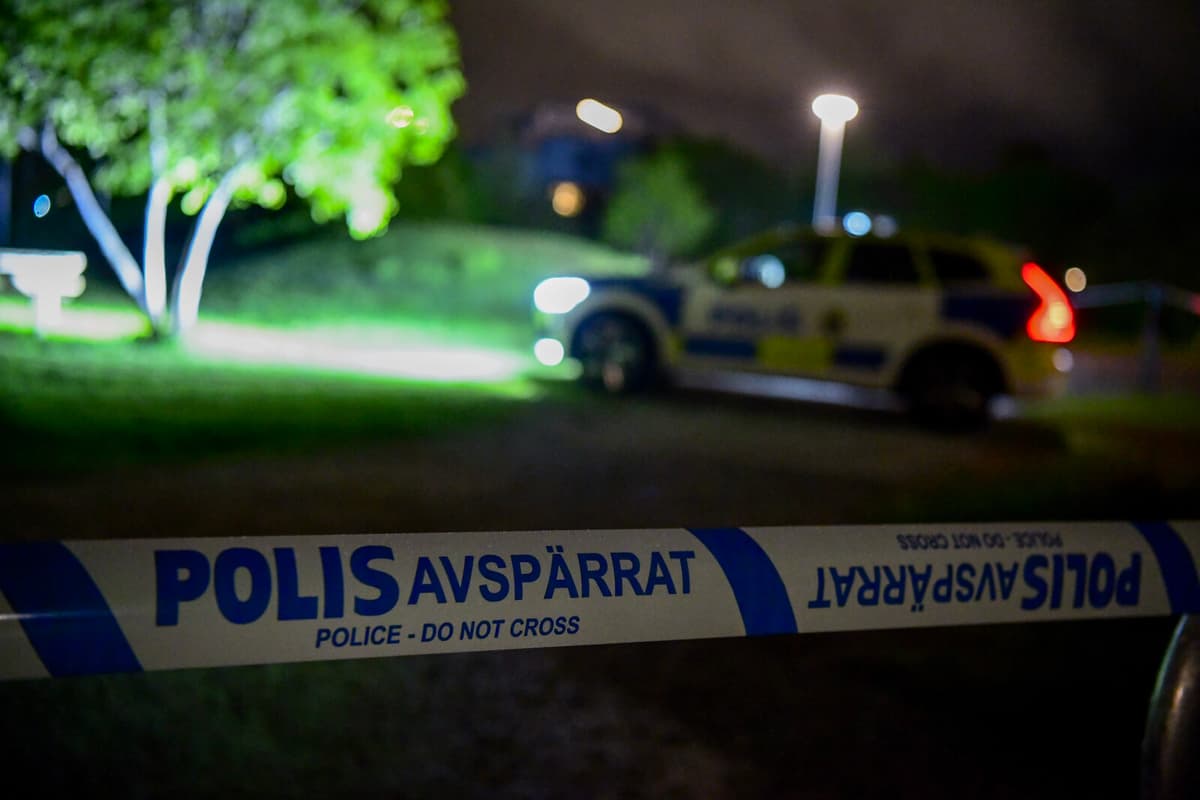The family is the worst, as the saying goes. When the police can now use the family databases where tens of thousands of Swedes have registered their DNA to learn more about their origins, the expression is more relevant than ever.
We have conducted an inventory where we have gone through the first cases that we will be working with, says Kvist and continues:
But exactly where we are in the process is not something I can tell.
The use of these registers means that people who have not uploaded any DNA can also be identified through the exclusion method.
"Very clear"
DNA is so clever that when you have found enough people who are connected, there is only one place left. It becomes very clear who the perpetrator is, says Kvist.
The method may be used in the investigation of murder, serious rape and serious rape of children.
In Sweden today, there are around 800 so-called cold cases, i.e. serious crimes with a fatal outcome that have not been solved.
But new murders and various sex crimes are added, so it's clear that there are cases to work with.
The law was changed
In 2020, the method was used for the first time, then to solve a double murder from 2004 in Linköping. But the Integritetsskyddsmyndigheten ruled that the procedure was illegal and the police could no longer use the family databases. But on July 1 this year, the law was changed.
Even if you think it has taken a long time, we are actually the first in Europe with this approach. In Denmark, it is also allowed from July 1. I think more countries in Europe will follow, says Linda Kvist.
Facts: The police's method for family research
TT
A case that can become relevant for family research goes through four steps:
1. DNA analysis: An extended analysis of the biological trace is performed and the answer is formatted to be comparable with family research databases.
2. Comparison with family research databases: The data is transferred and the Integritetsskyddsmyndigheten is informed. The handling is done separately, so that no one else can search against the current DNA track.
3. Hit list and selection. The police receive an answer in the form of a hit list and based on that, fairly traditional family research is conducted to see who the perpetrator can be.
4. Hit against person. If a person can be identified as reasonably suspected, they can be forced to provide a DNA sample, which can then be tested against the DNA track. A DNA sample can also be taken on a voluntary basis and provide a hit.
Source: The police.






